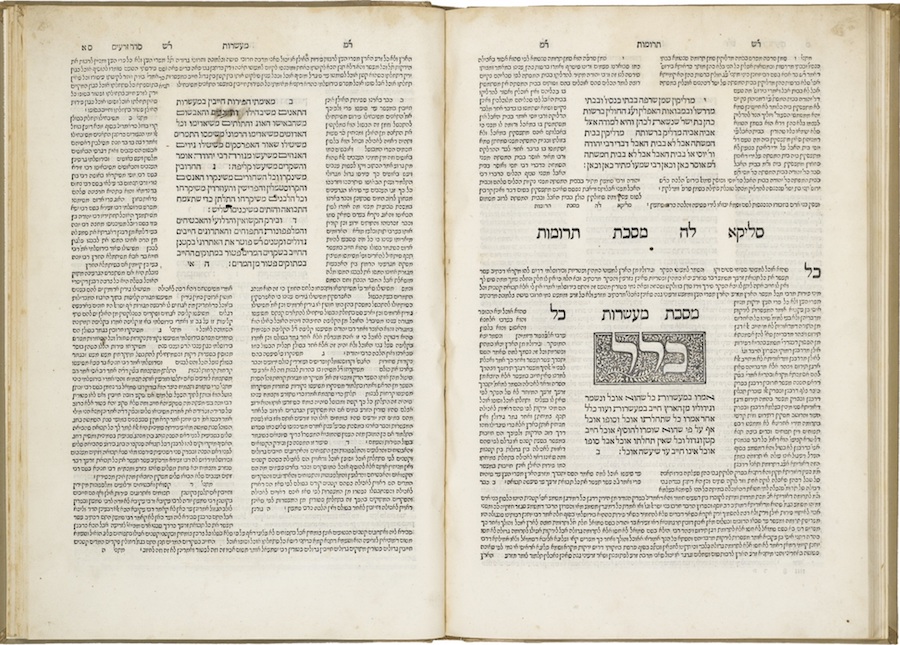It can be both a blessing and curse for an artist to toil at the behest of an influential patron. Financial support and powerful connections are among the obvious perks. Being hamstrung by someone else’s ego and timeframe are some of the less welcome realities on the flip side.
Hilma af Klint, the subject of a high profile exhibition at the Guggenheim, does not fit the usual artist-patron mold. She made her paintings to suit a spirit named Amaliel, with whom she connected in a seance. Amaliel tapped her to convey a very important, as yet indecipherable message to humankind.
Although af Klint was an accomplished botanical and landscape painter who trained at the Royal Academy in Stockholm, “Paintings for the Temple,” 193 works produced between 1906 and 1915 upon order of her spirit guide, are brightly colored abstractions.
As the Guggenheim’s Senior Curator and Director of Collections, Tracey Bashkoff, points out above, af Klint’s work was trading in symbolic, non-naturalistic forms ten years before abstractions began showing up in the work of the men we consider pioneers—Vasily Kandinsky, Piet Mondrian, and Paul Klee. Yet, she was nowhere to be found in MoMA’s 2012 blockbuster show, Inventing Abstraction: 1910–1925. Curator Leah Dickerman implied that the snub was af Klint’s own fault for considering her work to be part of a spiritual practice, rather than a purely artistic one.
In his 1920 essay, Creative Confession, Klee wrote, “art does not reproduce the visible; rather, it makes visible.”
It was a sentiment Klint shared, but the spiritual message encoded in her work was intended for a future audience. She instructed her nephew that her work was to be kept under wraps until twenty years after her death. (She died in 1944, the same year as Kandinsky and Mondrian, but her work was not publicly shown until 1986, when the Los Angeles County Museum of Art organized an exhibition titled The Spiritual in Art.)
Perhaps af Klint did not foresee how dramatically the respectability of spiritualism and seances—a popular pursuit of her time, and one shared by Mondrian and Kandinsky—would decline.
Her dedication to carrying out her spirit guide’s mission may remind some modern viewers of Henry Darger, the Chicago janitor who created hundreds of artworks and thousands of pages of text documenting the Glandeco-Angelinian War Storm, a strange and gory series of events taking place in an alternate reality that was very real to him.
Thus far no one has fully divined the spirit’s message af Klint devoted so much of her life to preserving.
As critic Roberta Smith notes in her New York Times review of the Guggenheim show, af Klint, a member of the Swedish Lodge of the Theosophical Society, was well versed in occult spiritualism, Rosicrucianism, Buddhism, Darwinism, and the science of subatomic particles.
Hints of these interests are threaded throughout her work.
Color also helps to unlock the narrative. She used blue and lilac to represent female energy, rose and yellow for male, and green for the unity of the two. The Guardian’s Kate Kellaway reports that the artist may have been influenced by Goethe’s 1810 Theory of Colours.
Moving on to geometry, overlapping discs also stand for unity. U‑shapes reference the spiritual world and spirals denote evolution.
Af Klint’s spiral obsession was not confined to the canvas. Roberta Smith reveals that af Klint envisioned a spiral-shaped building for the exhibition of The Paintings for the Temple. Visitors would ascend a spiral staircase toward the heavens, the exact configuration described by architect Frank Lloyd Wright’s interior ramps at the Guggenheim.
Perhaps we are getting closer to understanding.
For further study, check out the Guggenheim’s Teacher’s Guide to Hilma af Klint: Paintings for the Future. See the exhibition in person through mid-April.
Related Content:
Discover Hilma af Klint: Pioneering Mystical Painter and Perhaps the First Abstract Artist
Ayun Halliday is an author, illustrator, theater maker and Chief Primatologist of the East Village Inky zine. See her onstage in New York City through December 20th in the 10th anniversary production of Greg Kotis’ apocalyptic holiday tale, The Truth About Santa, and the book-based variety show, Necromancers of the Public Domain. Follow her @AyunHalliday.




